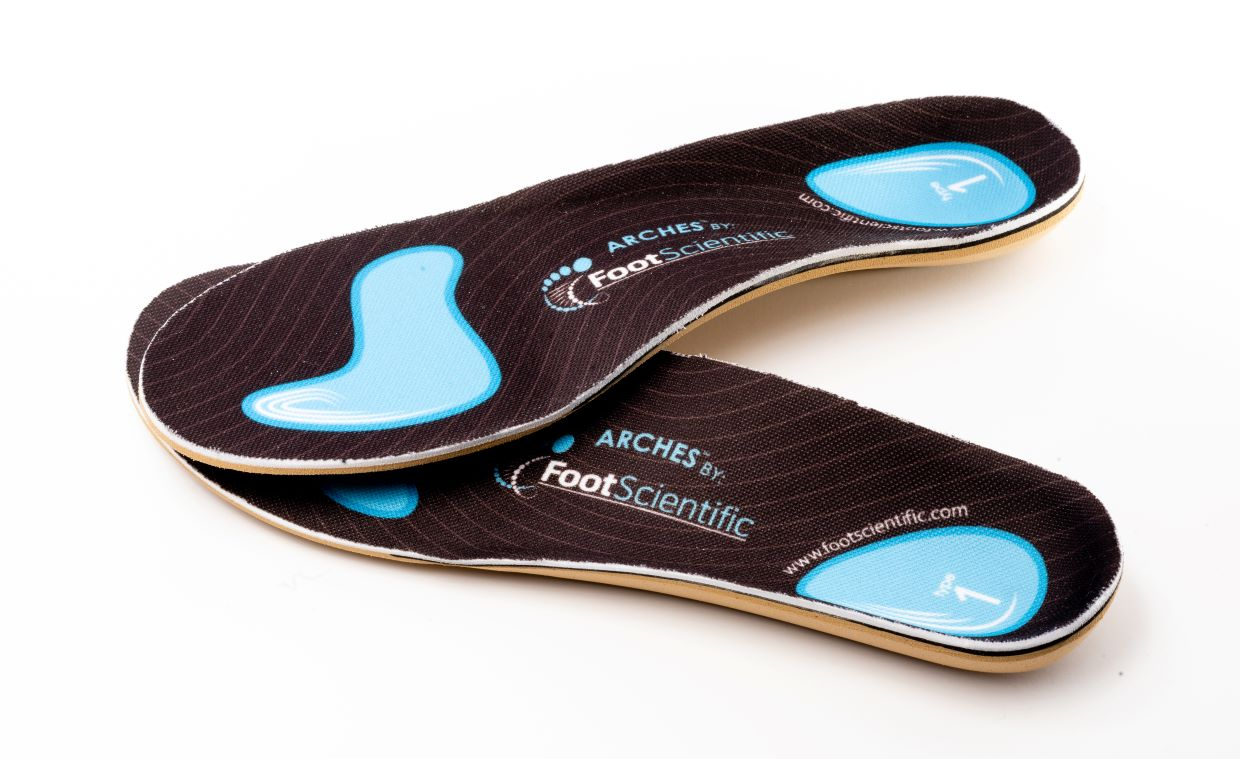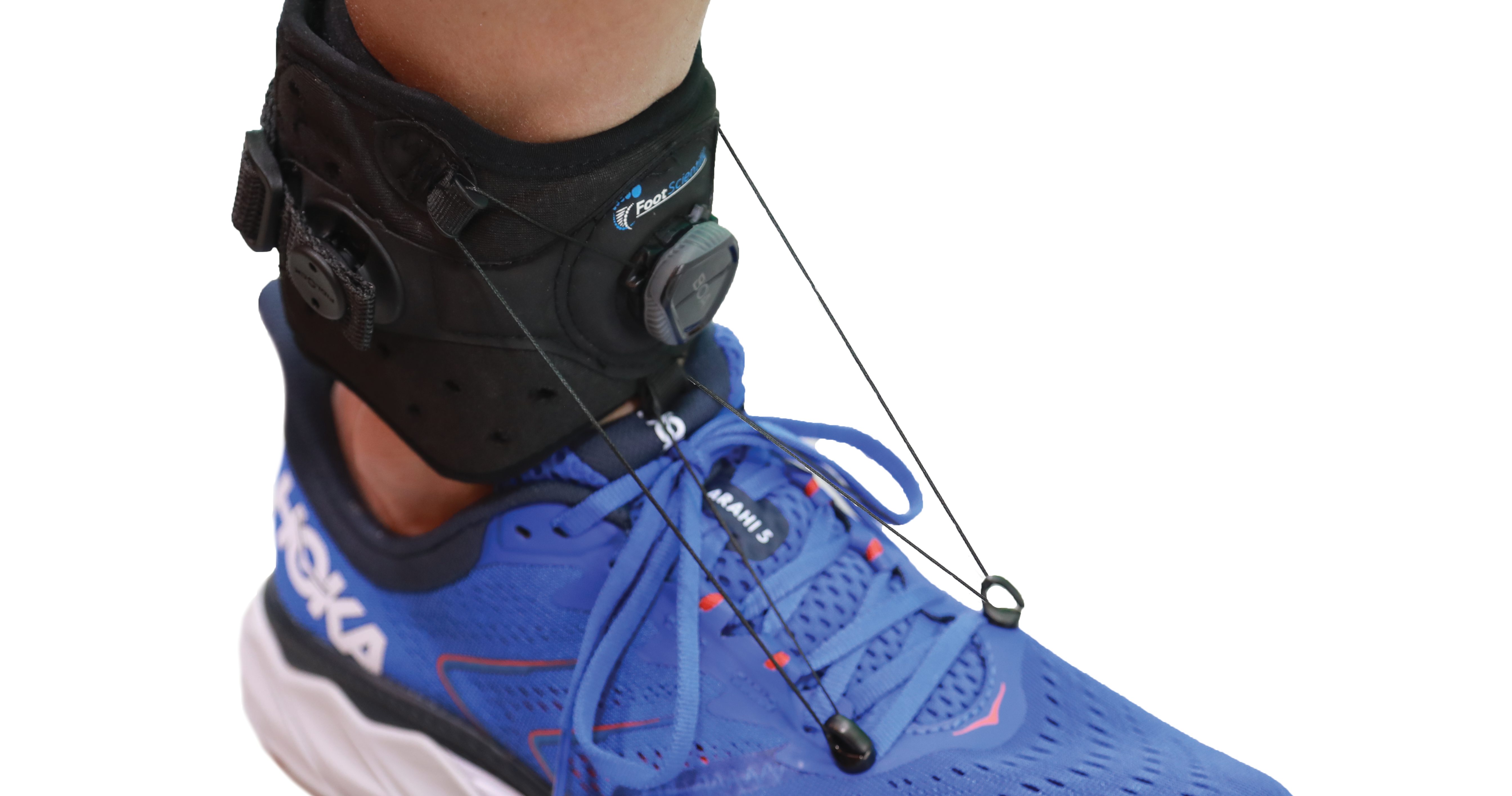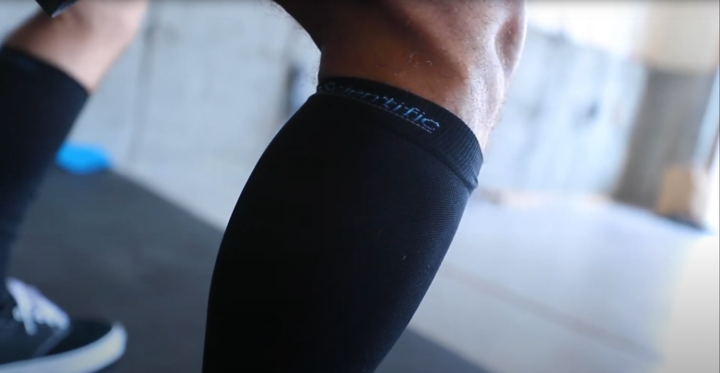Nail Dystrophy
Nail Dystrophy is the presence of mis-shapen or partially destroyed nail plates. Soft yellow keratin often accumulates between the nail plate and nail bed, resulting in elevation of the nail plate.
What causes Nail Dystrophy?
Nail Dystrophy can be caused by certain sicknesses, medications, inadequate nutrition, and by trauma to the tips of the fingers and nails. Onychomycosis is a fungal nail infection that can also cause dystrophy.
How do I know if I have Nail Dystrophy?
What are the symptoms of Nail Dystrophy?
- Nail brittleness, splitting and fraying
- Discoloration of entire nail bed or unusual color changes and markings
- Ridges or pitting across the nails
- Unusual thickness of the nail
- Nails grow in an unusual direction
What can I do from home for Nail Dystrophy?
What can I do to prevent Nail Dystrophy?
- Avoid picking and biting nails
- Keep hangnails clipped
- Cut nail straight across the top
- Wear shoes that provide plenty of space for toes
- Keeping the nails short and not using nail polish can help with brittle nails
- Use an emollient or skin softening cream after bathing
What treatments can I do from home for Nail Dystrophy?
Home remedies are not recommended due to nail dystrophy being a sign that a more serious condition could be present.
When should I see a doctor for Nail Dystrophy?
Once a nail fungal infection begins it can persist indefinitely if not treated. See your doctor at the first sign of nail fungus.
Treatments your doctor may recommend for Nail Dystrophy
Non-Surgical:
Anti-fungal medications are the most common treatments for nail dystrophy due to fungus.
Surgical:
Certain cases of Nail Dystrophy require the nail to be removed entirely to allow a new healthy nail to grow back. Full nail regrowth can take up to a year.




